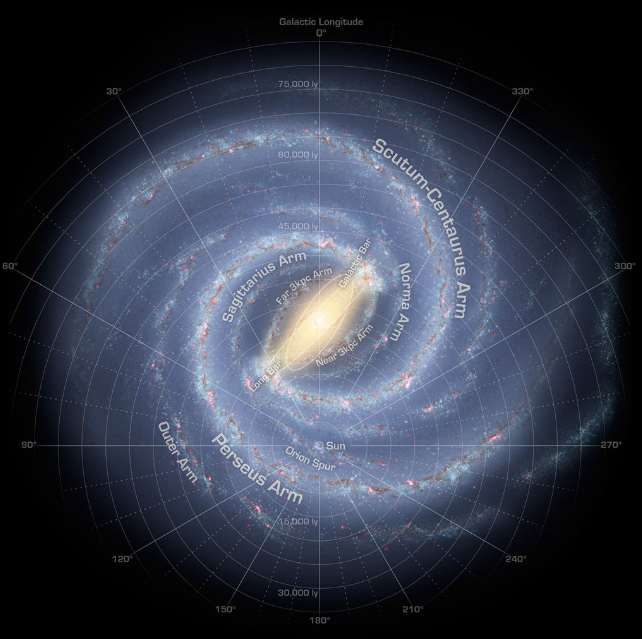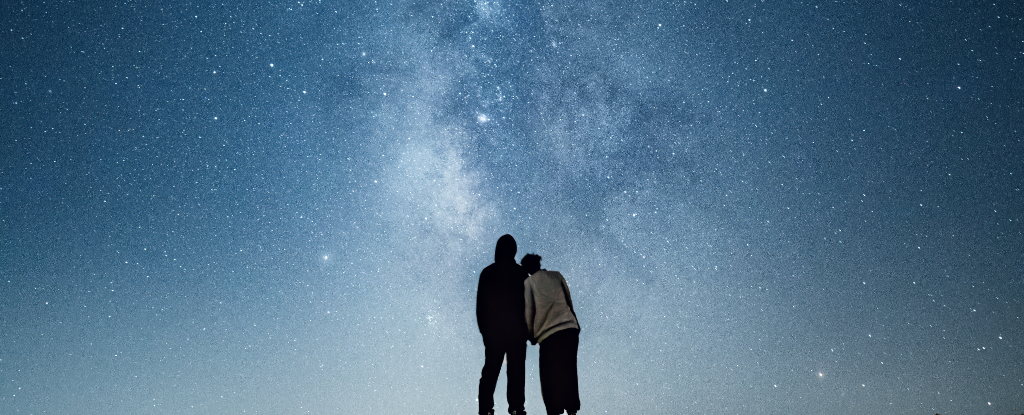Products You May Like
When you wish upon a star, Jiminy Cricket told us, your dreams come true.
But according to an idea doing the rounds on social media, that may not be the case:
According to astronomy, when you wish upon a star you’re a million years too late. The star is dead, just like your dreams.
@robbnwa
Is that really true? Did Jiminy Cricket lie to us?
As an astronomer, I’m happy to say that the stars we can see in the night sky are a lot closer and live a lot longer than you would think. It’s pretty unlikely you’ve accidentally wished upon a star that’s already dead.
Stars are closer than you think
When someone hits you with the depressing factoid that the stars we wish on are already dead, they usually start by saying something about how the stars are “millions of light years away”. This means the light from the star has been travelling for millions of years to reach your eyes, so by now the star is millions of years older and – supposedly – most likely dead.
But the stars you’re wishing on probably aren’t that far away. All the stars we can see with our eyes are inside our galaxy, the Milky Way. The Milky Way is approximately 100,000 light years across, and our Solar System is about 26,000 light years from the centre of the galaxy.
So if we could see the stars at the very far edge of the galaxy, they’d still only be about 74,000 light years away. That’s nowhere near a million light years away, let alone “millions of light years”.

Visible stars are even closer
In practice, the stars we can see aren’t even that far away. On a dark night, with no Moon and with good vision (which rules me out), the faintest star we can see with our eyes has a brightness of around 6.5 magnitudes.
Brighter stars have lower magnitudes, and dimmer stars have higher ones. The brightest star in the Southern Cross has a magnitude of 0.8 while the faintest star in the Southern Cross has a magnitude of 3.6.
The visible brightness limit of 6.5 magnitudes means we can only see stars out to around 10,000 light years from Earth. So if you happen to wish on one of the more distant stars, the light has travelled 10,000 years to hit your eye.
And if we assume wishes travel at the speed of light, it’ll take another 10,000 years to reach the star. So even the most distant visible star is only 20,000 years older by the time your wish reaches it.
So the question is: do stars live longer than 20,000 years?
Stars live longer than you think
The Yale Bright Star Catalogue contains 9,096 stars that are brighter than magnitude 7, roughly the limit of what our eyes can see. Many (40%) of the stars in the catalogue are so-called giant stars, which come in three varieties: normal giants, bright giants and super giants.
The more massive the star, the shorter its life. So these giant stars are here for a good time, not a long time.
But in astronomy a “good time” is still at least a few hundred thousand years. Much longer than your wish needs to arrive at a star closer than 10,000 light years.
The rest of the visible stars are what are called main sequence (or mid-life) stars and sub-giant stars. These stick around a lot longer, up to a few billion years. So when it comes to wishes, age is just a (really big) number.
The best stars to wish upon
If you’re still feeling a bit nervous about wishing upon a dead star, there are a few safe bets.
Alpha Centauri is the closest star to Earth and the fourth brightest star in the sky. Even better, it’s actually three stars and they’re only about four light years away. They’ll definitely last longer than the eight years needed for their light to reach you and your wish to reach them.
The brightest star in the sky, Sirius, is a main sequence star only 8.6 light years away. Epsilon Eridani is approximately ten light years away. It’s similar to our Sun and a little under a billion years old. Since Sirius and Epsilon Eridani are in their mid-life, they still have millions, maybe even billions, of years left to burn.
The safest star to send your wishes to? The Sun! The Sun is only eight light minutes away and it’ll be a main-sequence star for around 5 billion years yet.
So when you wish upon a star, that star is less than 10,000 light years away and will probably live for at least hundreds of thousands of years, and maybe millions or even billions of years (just like your dreams).![]()
Laura Nicole Driessen, Postdoctoral Researcher in Radio Astronomy, University of Sydney
This article is republished from The Conversation under a Creative Commons license. Read the original article.
